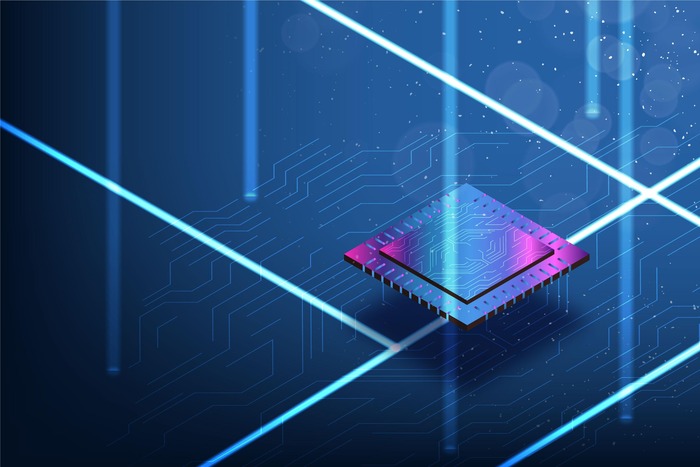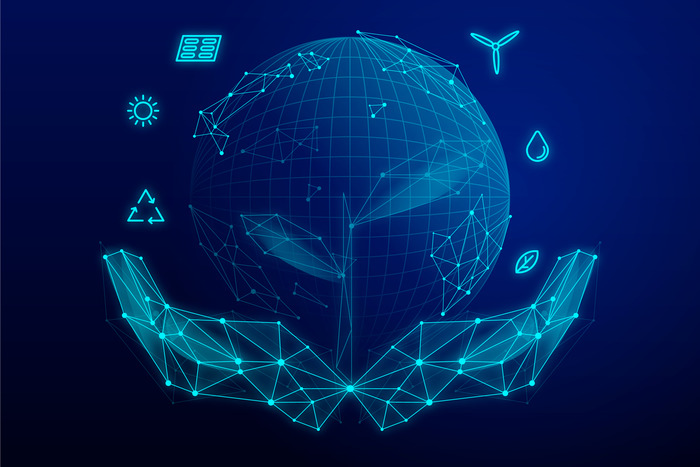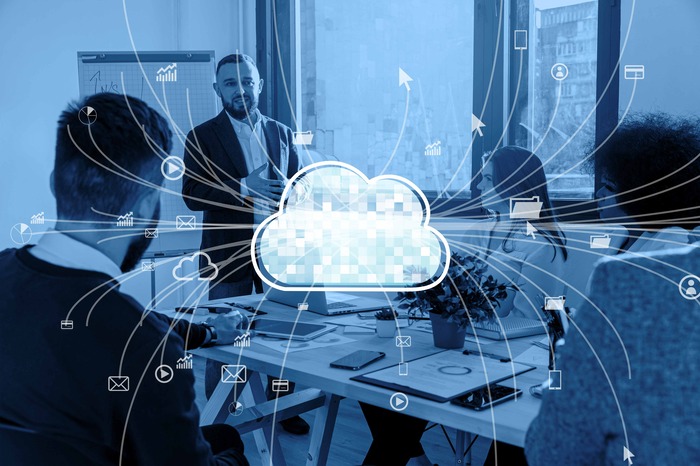Are Wi-Fi Towers Dangerous

There have been questions raised around the potential health risks associated with long-term exposure to Wi-Fi towers. With the glaring omnipresence of these towers within cities and rural landscapes, these questions have been around for a long period now and form an area of concern for the public. So, here’s some information to break the myths surrounding this concern:
Will Wi-Fi Work in Airplane Mode?

Airplane mode, also known as flight mode, is applied when on a flight, in compliance with aviation regulations. This ensures that wireless signals from electronic devices do not interfere with the airplane’s navigation and communication systems. Smart mobile phones and other internet-enabled devices come with a setting that enables users to turn off its internet connection. Once you enable airplane mode on your device, it disables all wireless communication functions utilizing LTE, 4G or 5G for calling, texting, GPS and accessing data for emailing or surfing the net.
What is a Computer Worm?

Computer users need to beware of malicious malware like computer worms which can spread across computer networks by taking advantage of vulnerabilities in their operating systems or network protocol. Unlike viruses which require a host file to propagate, computer worms have the unique ability to self-replicate and spread autonomously to other systems connected to the same network or internet. In a very short time, there can be an exponential growth in the number of infected systems this way. Computer worms can employ various attack vectors to infect systems including some of the following:
What is Broadband Internet?

Since its inception, broadband internet has been a boon to mankind and changed the way things are done in almost every sector of life. It has revolutionized the way people connect, communicate, shop, pay bills, work and access information in this digital age. Broadband internet is a significant improvement over the earlier dial-up internet, offering faster speeds and greater reliability and convenience.
Quantum Computing: A Peek into the Next Era of Computing Technology

Quantum computing is on the verge of restructuring the digital world. It is like the superhero of computers that’s able to process information very fast and do multiple calculations in just a snap. Unlike regular computers that use bits (0 or 1), Quantum computers use qubits which are like powerful magical switches that can exist in multiple forms – being on and off at the same time.
Green Tech for a Sustainable Future: Innovations Shaping Tomorrow

Green technology, also known as clean technology, is an emerging key driver of innovations engineered to allay the negative impact of climate changes and human activities on the planet. Innovations and green tech are playing a pivotal role in revolutionizing industries and organizations to promote sustainable practices in key areas. Here’s a look at them:
Digital Parenting Guide: Teaching Internet Safety Skills to Your Kids

Just like you teach your kids not to talk to strangers, you need to teach them how to stay safe and smart when using the internet. To navigate through the online world safely, here’s a simple digital parenting guide to help teach your kids internet safety skills:
Cloud Networking on the Horizon: Emerging Trends in Connectivity

Cloud networking is the technology of the future that is playing an increasingly integral role in the evolution of digital infrastructure of businesses across the globe. With evolving technologies, newer connectivity trends in the cloud networking landscape are also emerging and reshaping how people and businesses connect. Designed to reshape the future of cloud networking, a new scenario is emerging on ways that data can be transferred, managed and secured. Cloud computing gains significance here as newer technologies don’t need special infrastructure setup or spending further resources, thus focusing on development rather than on cost.
Navigating Mobile Data and Wi-Fi Usage in Today’s Hyperconnected World

In the current landscape of hyper-connectedness, people find themselves at the crossroads of mobile data and Wi-Fi usage. There is a need to strike a balance between the two to optimize connectivity and manage data consumption effectively. This delicate dance between mobile data and Wi-Fi has become increasingly relevant as people weave their daily lives through a tapestry of 24/7 online activities and applications.
What to Consider in Service Level Agreements (SLAs)

The cornerstone of a reliable and efficient service for business broadband is often defined by the terms outlined in Service Level Agreements (SLAs). These agreements, which establish the expectations and commitments between service providers and businesses, play an important role in ensuring a seamless and dependable internet connection.


